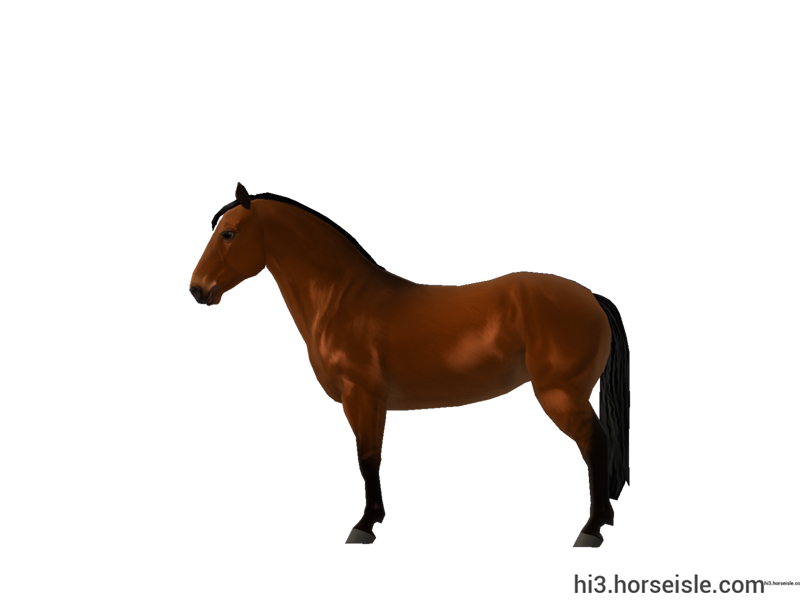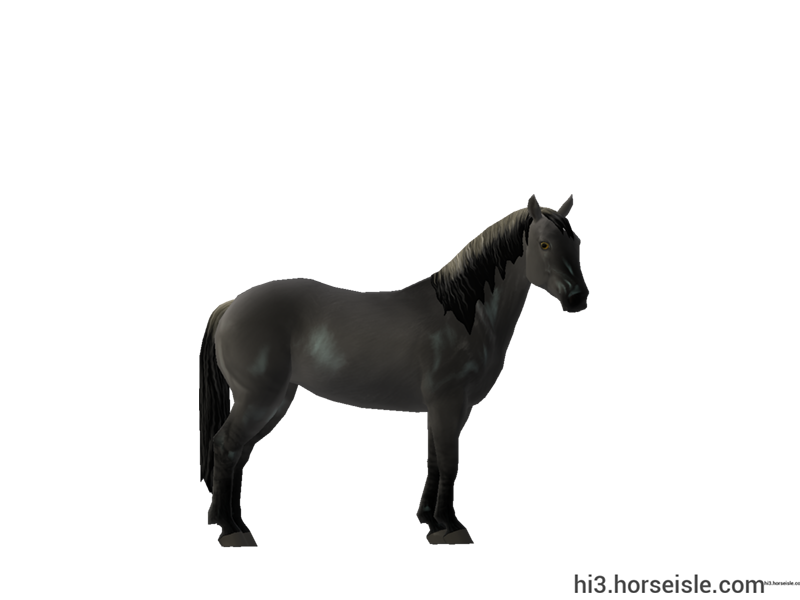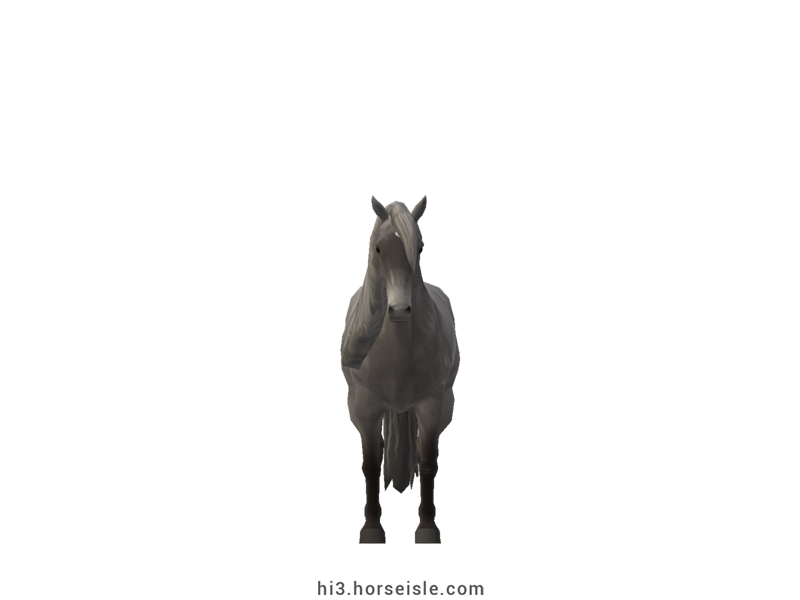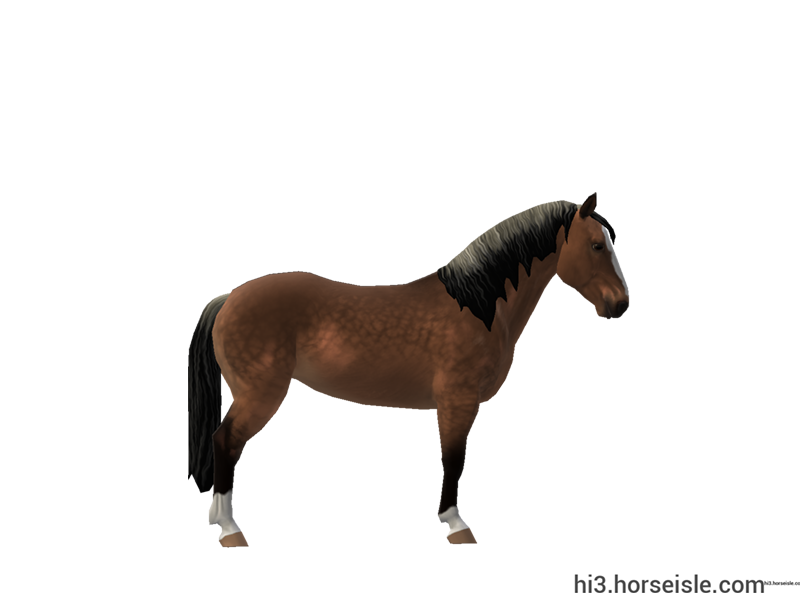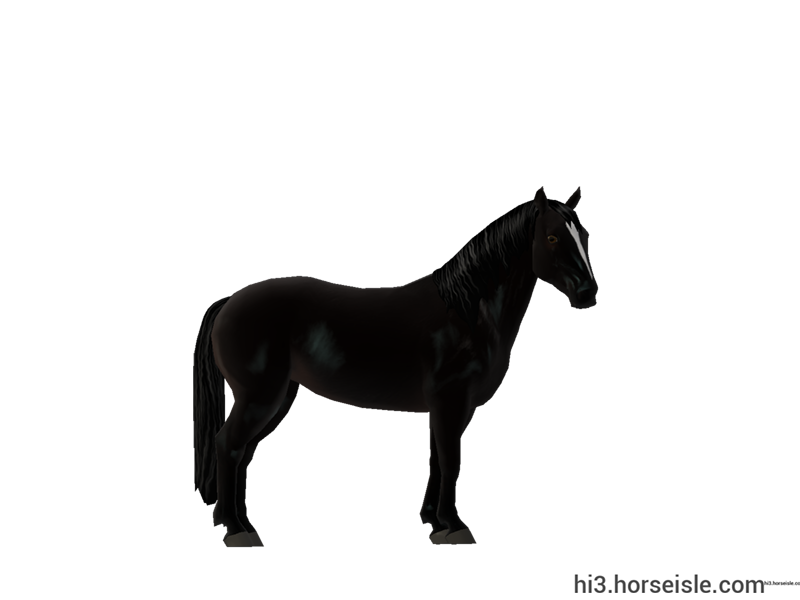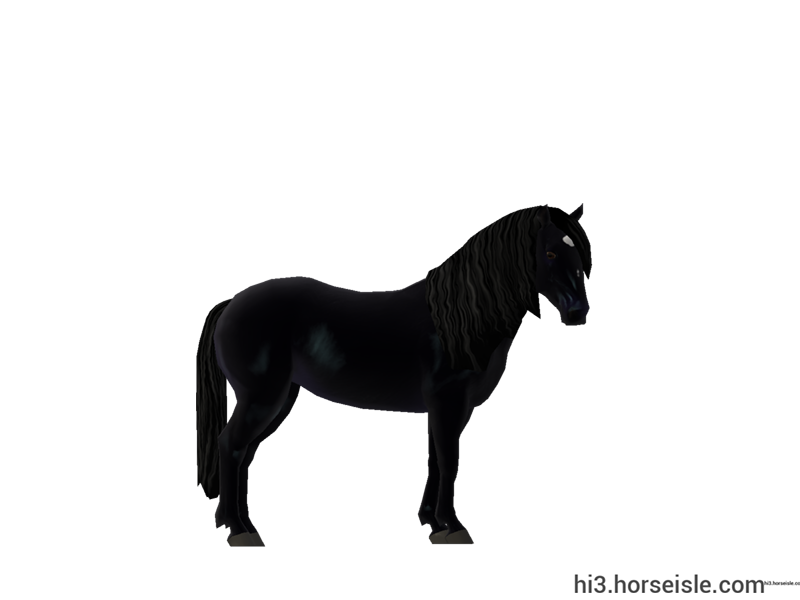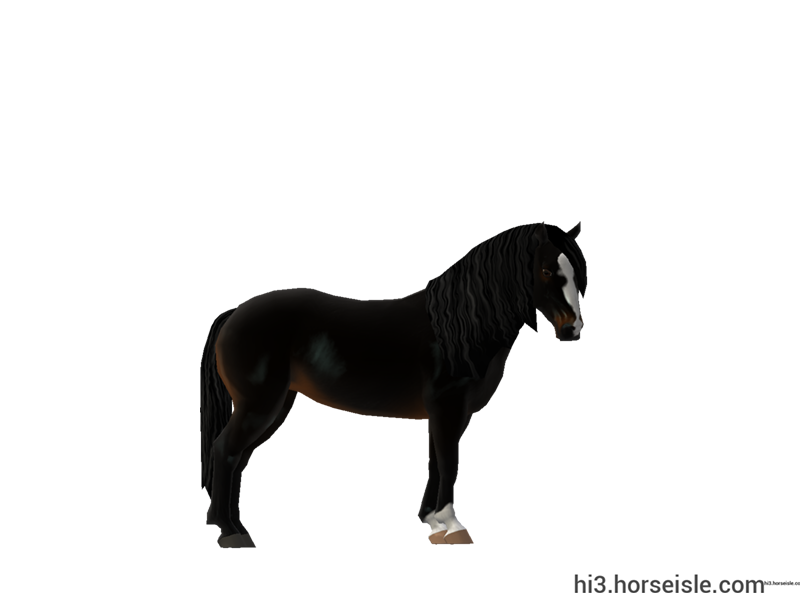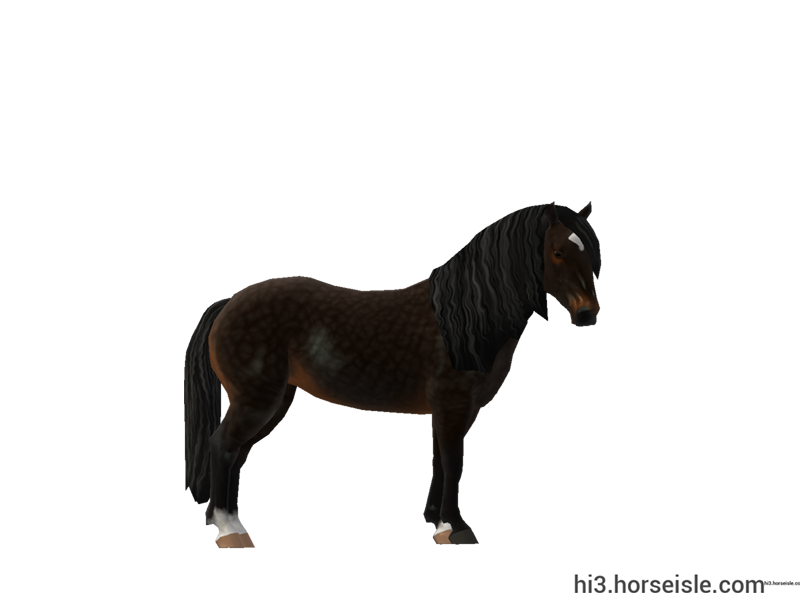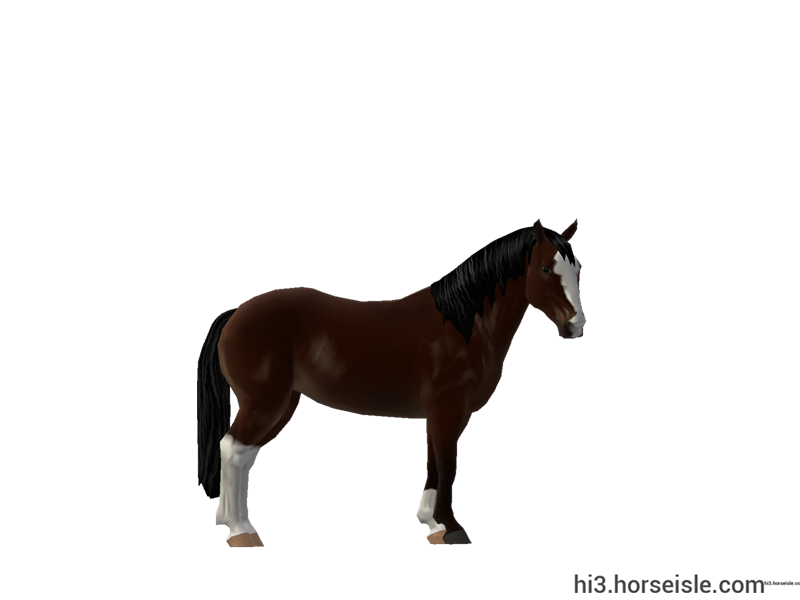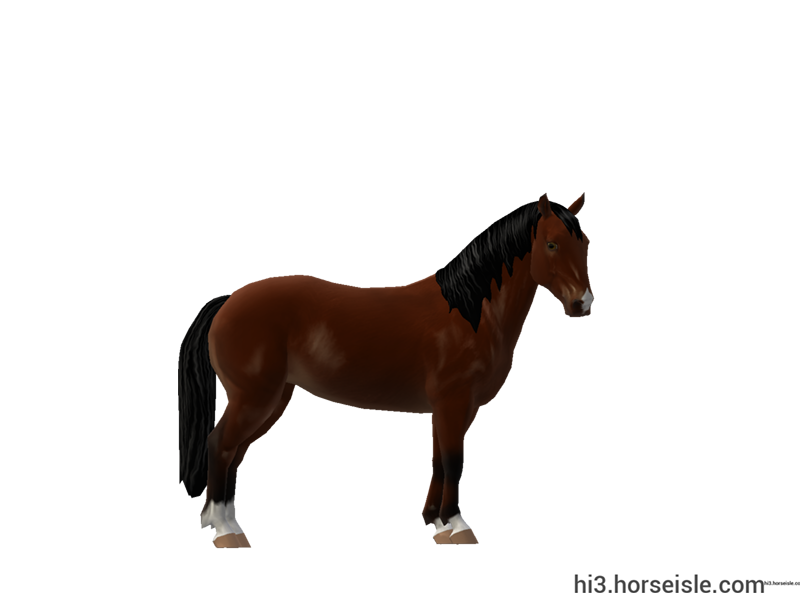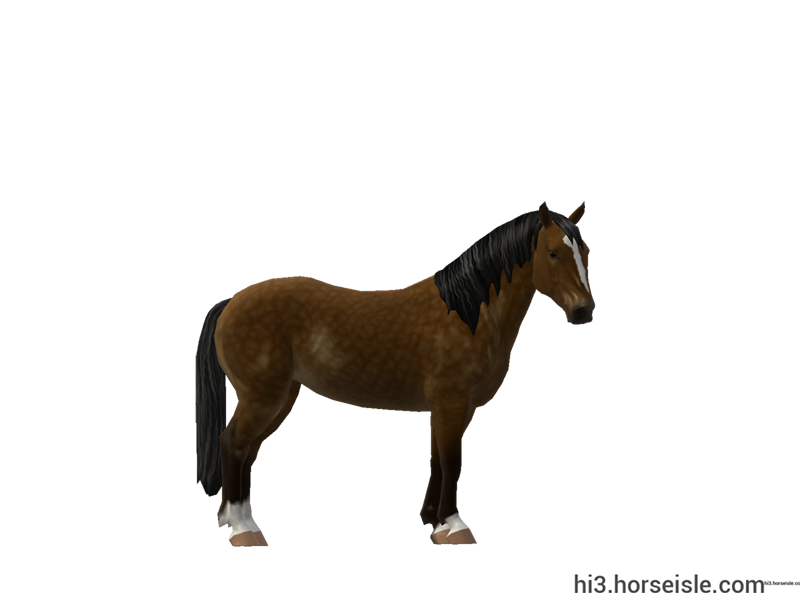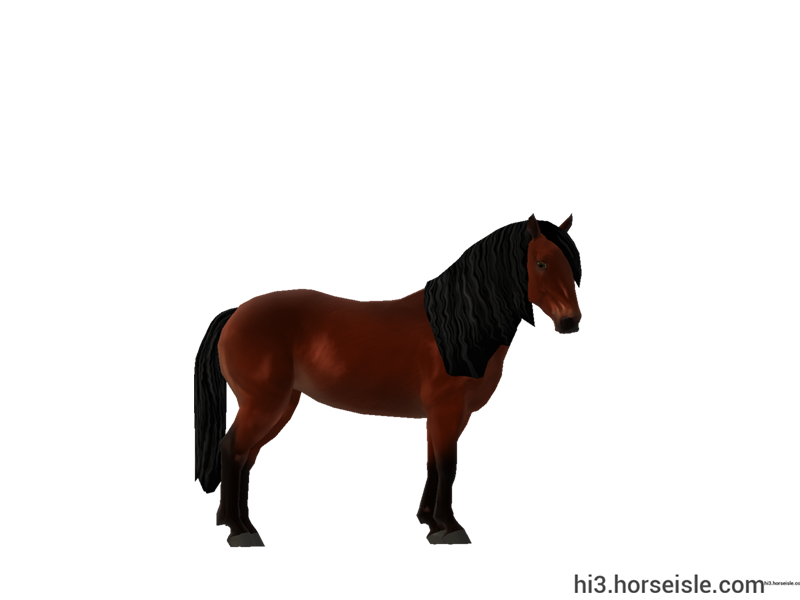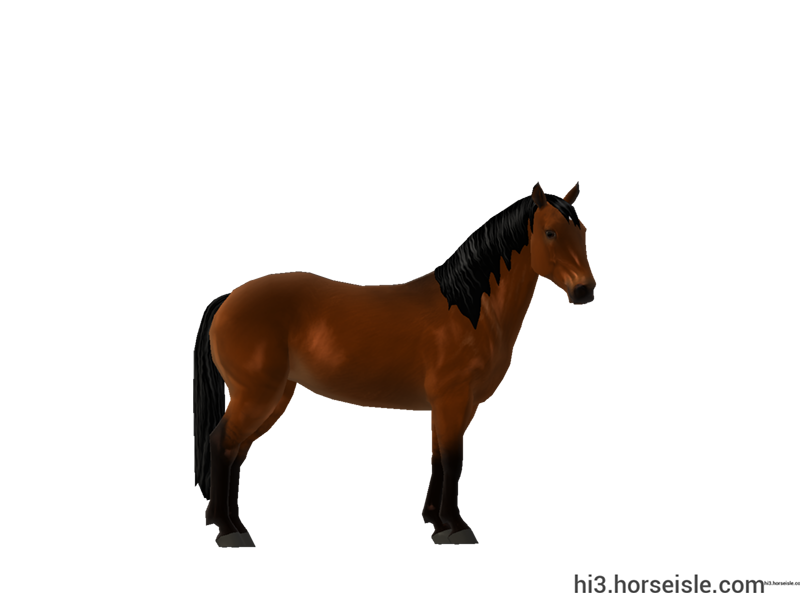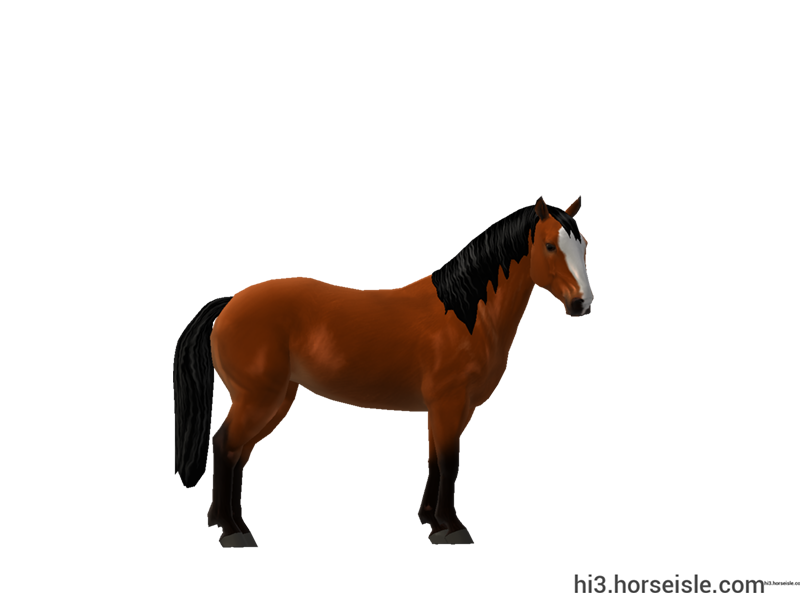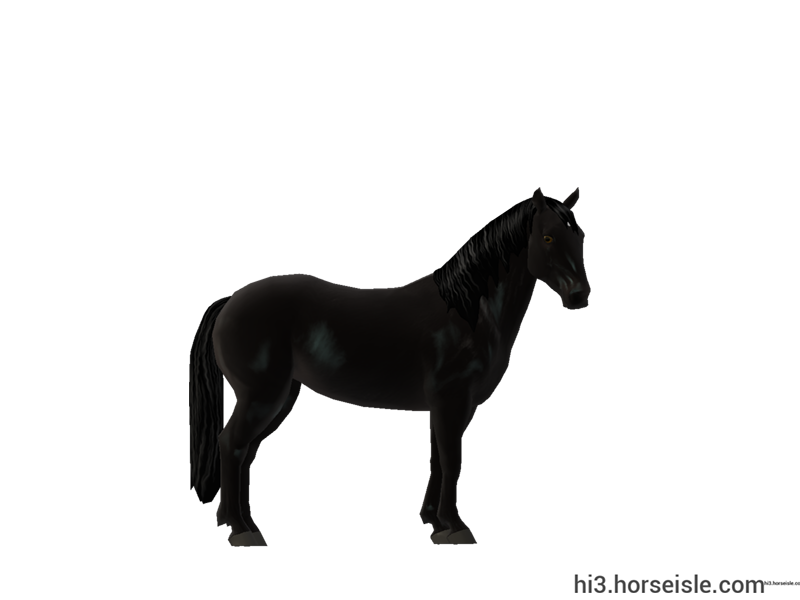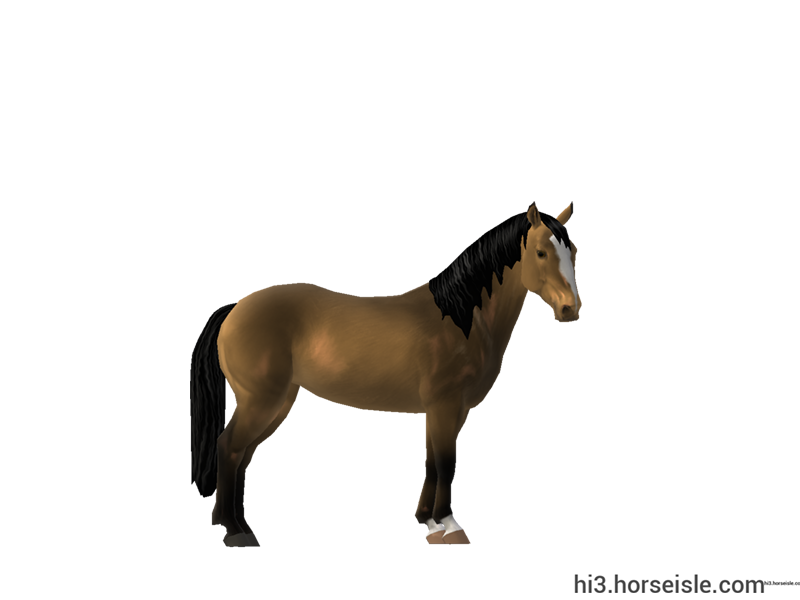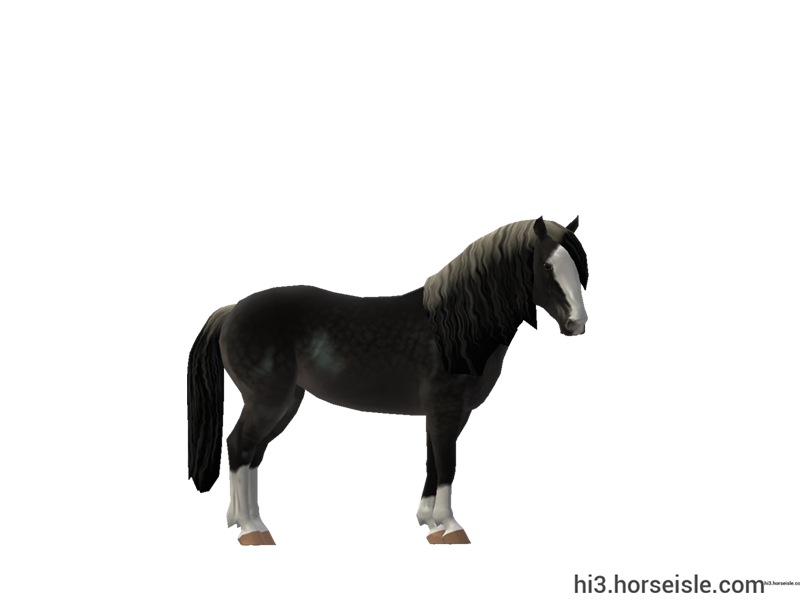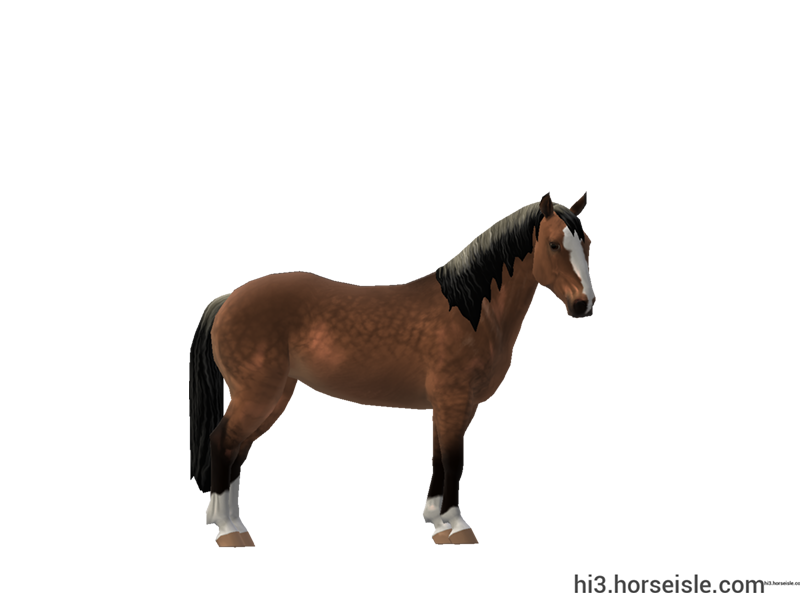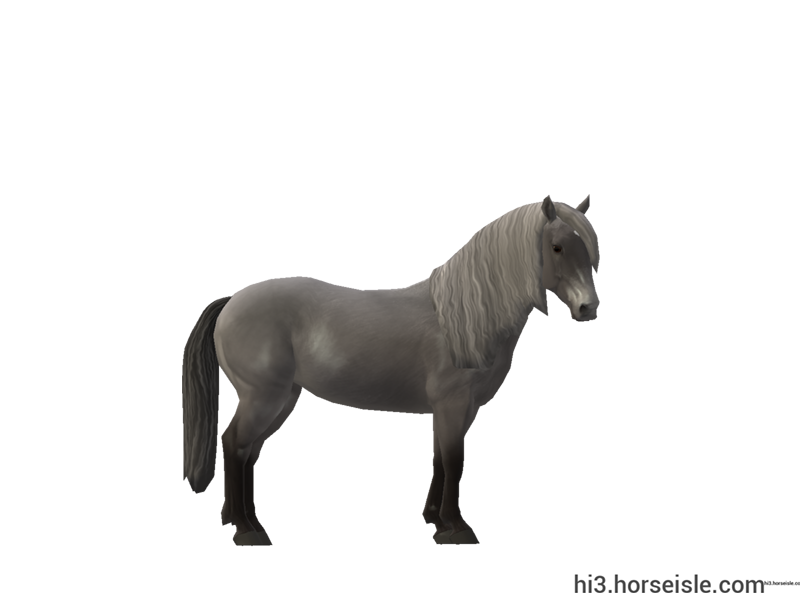Our Massive Real World Equine Reference!
[ INDEX ] Equine Type: Horse Breed: Chilean [ PREV ] [ NEXT ]
From cavalry to threshing:
The ancestors of the Chilean are Arabian, Barb, and Spanish horses who were brought to Chile in 1540, by a group of Spanish conquistadors led by Pedro de Valdivia. Originally, those horses were bred to serve as cavalry mounts, and as such they were bred to be agile and brave.
During the 17th century, breeders also focused on the speed and strength of their Chilean horses, as they needed them to work on farms and pull carriages.
During the 18th century, the demand for meat increased, and this affected the agriculture in Chile. Farmers started to breed more cattle, and therefore needed to plant and harvest more wheat. Chilean breeders began to breed their Chilean horses for their ability to work cows and for their ability to thresh wheat. Horses who weren't strong or agile enough for these tasks were culled from the breeding stock.
A stock- and race- horse:
The need for threshing horses disappeared during the 19th century due to the invention of advanced threshing machines. However, the need for good cow horses remained, and Chilean horses were bred to serve as stock horses.
In addition, horse races became popular in Chile, so Chilean horses were bred for speed as well. In 1858, a dun Chilean colt who possessed all of these qualities was born. His name was Bayo Leon, and he grew up to be the most influential sire of the Chilean breed.
Establishing the studbook:
In 1893, breeders established an official studbook for Chilean horses. Non-registered Chilean horses of Chilean ancestry and type were accepted to the studbook until 1934, when the registry was officially closed for non-registered horses.
Crossbreeding was never practiced, even when the registry was "open," and therefore the Chilean is one of the purest Iberian breeds still in existence.
The Chilean today:
Today, Chilean horses are popular in Chile, and are primarily used for cow-working and rodeo. They are valued for their agility, speed, and endurance, as well as for their natural hardness.
Conformation:
Chilean horses have a straight or sub-convex profile, eyes that are large but can be partially covered by the eyelids, a muscular neck, and a long croup. The legs are short and muscular, and the overall build is muscular with a rectangular frame.
The mane and tail are thick and wavy, and the fetlocks are decorated with light feathering. In addition, Chilean horses have both an undercoat and a thick skin that protect them from insects.
Performance metrics:
The following are the: range, average, (SD), and MOE of performance metrics of ordered Chilean Horses in Horse Isle (not bred ones). In rare cases,
Speed: 15.5-16.9, 16.2 (0.3), 0.05.
Sprint: 59-72, 65 (3), 0.58.
Accel: 0.94-1.14, 1.05 (0.04), 0.01.
Decel: 1.12-1.26, 1.20 (0.03), 0.01.
Jump: 5.17-5.43, 5.32 (0.05), 0.01.
Pull: 2.53-3.05, 2.78 (0.13), 0.02.
Turning: 55.48-69.94, 63.17 (3.09), 0.61.
Reverse: 2.6-3.2, 2.8 (0.1), 0.03.
Stamina: 44.85-49.28, 46.94 (0.97), 0.19.
Reaction: 0.76-0.85, 0.81 (0.02), 0.00.
Pinto Chileans?
Interestingly, pinto patterns used to exist in this breed, but during the last 50 years Chilean breeders preferred to avoid pinto coats, and as a result, these patterns were bred out.
The only pinto pattern that still appears in Chilean horses from time to time is sabino, but it is kept to a minimum. Therefore, in Horse Isle, Chilean horses can't carry the white-spotted (Ws) allele, but they can have blazes and stockings.
Coats & Height:
Colors: dun, bay, brown, black, chestnut, buckskin, palomino, and, more rarely, grey. The coat is almost always dark.
Cream Note: double-cream dilutes don't exist in this breed. Therefore it is not recommended to cross heterozygous cream (Cc) horses with each other, as it has a 25% chance of generating a double-cream diluted foal who won't be eligible for registration as a Chilean horse.
Additionals: flaxen, linebacked, roan, sooty, dark mane & tail. The coat is always solid, and white markings on the face and legs are extremely common.
Height: 13.1hh to 14.2hh.
[ INDEX ] [ PREV ] [ NEXT ]

